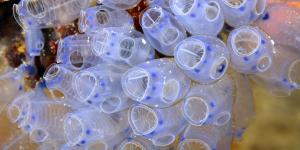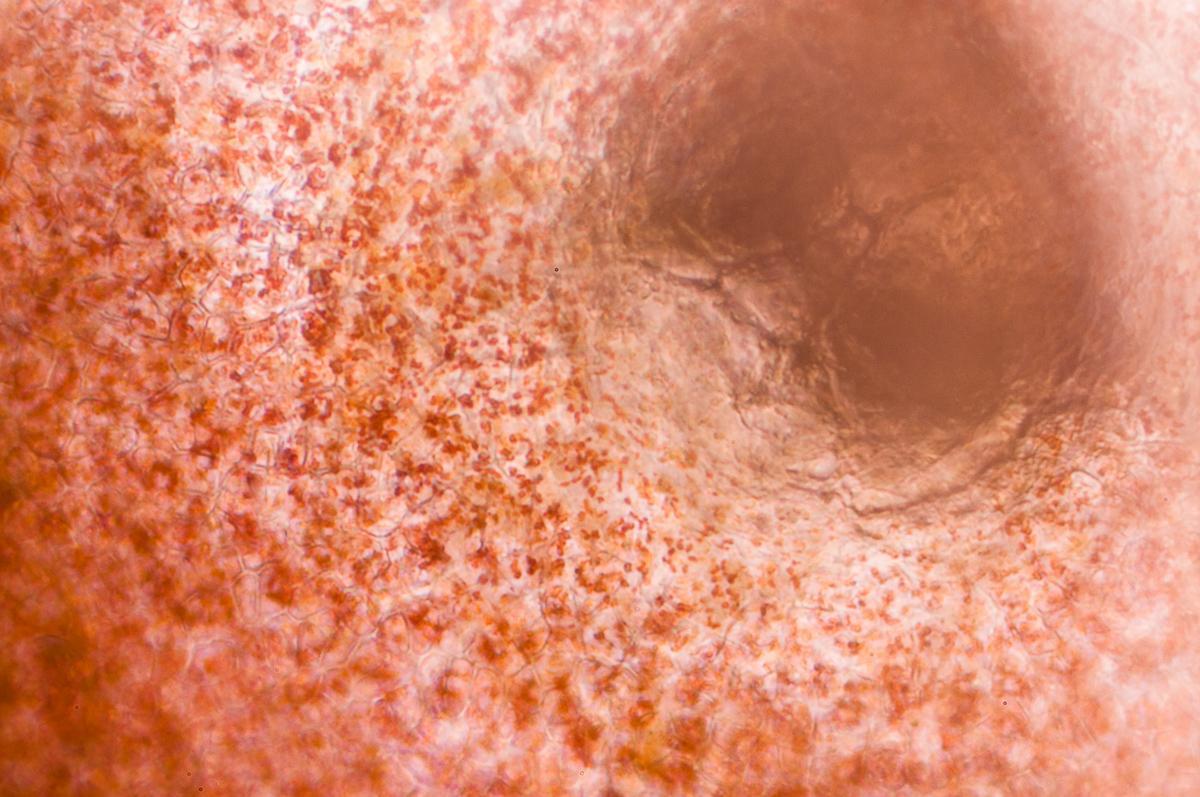What Are Chromoplasts?


Chromoplasts are a type of cell organelle that are present exclusively in certain plants, algae and other eukaryotes. Specifically, they are a type of plastid. They are responsible for pigment generation in plants, meaning they give color to flowers and other parts. In addition, their functions include the biosynthesis of carotenoids, generation of ATP and contributing to pollination. There are five types of chromoplasts which are globular, crystalline, membranous, fibrillar and tubular. At thedailyECO, we further explore chromoplast function and types by asking what are chromoplasts?
What is a chromoplast?
A chromoplast is a type of cell organelle which is found in eukaryotic organisms such as plants and algae. They are a type of plastid, organelles which are responsible for the storage and synthesis of various molecules. Chromoplasts are characterized by the ability to store carotenoid pigments. These pigments are responsible for giving various flowers, fruits and vegetables their distinctive yellow, orange and red hues. This accumulation of carotenoids is noticeable in many plant organs, contributing to the diversity of colors we observe in nature.
Chromoplasts develop from other plastids such as chloroplasts and leucoplasts. This transformation process is related to the ripening of fruits. For example, chloroplasts can change function and become chromoplasts, resulting in a visible change in color. This can be seen in a bell peppers which turn green to yellow over time. This ability to differentiate is a distinctive feature of chromoplasts, the result of a number of complex biological processes.
Although their relevance is significant, the molecular basis behind the formation of chromoplasts is still not fully understood. It has been documented that these organelles are formed through a significant accumulation of carotenoids, which implies a remodeling of their internal structure. This process is essential for the development of coloration in plants, especially during seasons such as autumn when leaves change color.
Discover the difference between eukaryotic and prokaryotic cells in our related guide.

Function of chromoplasts
To better understand what are chromoplasts, it is essential that we look at their individual functions:
- Carotenoid biosynthesis: the accumulation of carotenoids in chromoplasts not only contributes to the aesthetics of plants, but is also essential for their development and maturation. This biosynthetic process is carried out by the formation of specialized substructures that allow the sequestration and storage of carotenoids, ensuring their stability and availability for other metabolic processes.
- Pollination: they contribute to pollination by generating intense colors that attract insects and animals. This phenomenon is especially important in plants that have colorful flowers, as they depend on insect pollination to reproduce. The vibrant colors produced by carotenoids not only beautify the natural environment, but are also strategic for the survival and propagation of the species. Discover what animals pollinate in our related guide.
- It has benefits for health: these compounds function as antioxidants, protecting cells from damage caused by free radicals. For example, beta-carotene is a common carotenoid in carrots. It is a precursor of vitamin A, essential for vision and the immune system. The incorporation of dietary carotenoids in the human diet is associated with a reduced risk of cardiovascular diseases and certain types of cancer.
- Implications for health and nutrition research: compounds such as fucoxanthin, present in some carotenoids, have demonstrated antidiabetic and anti-obesity effects. This highlights the importance of chromoplasts not only in plant development, but also in their relationship with human health.

Types of chromoplasts
Chromoplasts are divided into five types based on their structural differences and carotenoid-containing components. These are:
- Globular: characterized by the accumulation of pigments in the form of droplets, along with lipids. These chromoplasts are found in a variety of plants, including mango, papaya and tomato. In species such as citrus and the stigma of saffron, globular chromoplasts play an essential role in the visual presentation of plants. These attract pollinators and help in seed dispersal of plants.
- Crystalline: these are known for their ability to accumulate lycopene and β-carotene in crystalline forms. These chromoplasts are predominant in plants such as tomato, watermelon and carrot. The formation of red or orange crystals not only gives these fruits their distinctive appearance, but is also an indicator of the high concentration of carotenoids.
- Membranous: they are distinguished by the presence of multilayered membrane structures arranged in a spiral. This type of chromoplast is observed in plants such as the daffodil and in varieties of cauliflower with orange colorations. The complexity of their membrane structure allows for greater interaction between pigments and membranes, optimizing the accumulation of carotenoids.
- Fibrillar: these contain spindle-shaped fibrils and are best known in red peppers. The arrangement of the fibrils allows for efficient organization of the carotenoids, contributing to the intensification of color in these plants. This type of chromoplast is not only important for coloration, but can also influence other physiological aspects of the plant, such as its response to environmental factors.
- Tubular: characterized by their elongated shape and the arrangement of numerous tubules in bundles. This type is found in yellow-fleshed papaya and has been associated with the accumulation of carotenoids in forms that favor their stability. The tubular structure allows for effective distribution of pigments, something crucial for the development of fruits with attractive visual characteristics.
In addition to chromoplasts, there are other types of plastids in plant cells. Discover more about another with our article asking what are leucoplasts?
If you want to read similar articles to What Are Chromoplasts?, we recommend you visit our Biology category.
- Sadali, NM, Sowden, RG, Ling, Q., et al. (2019). Differentiation of chromoplasts and other plastids in plants. Plant Cell Rep, 38, 803–818.
https://doi.org/10.1007/s00299-019-02420-2 - Sun, T., Yuan, H., Cao, H., Yazdani, M., Tadmor, Y., and Li, L. (2018). Carotenoid metabolism in plants: the role of plastids. Molecular Plant, 11(1), 58-74.
https://doi.org/10.1016/j.molp.2017.09.010







